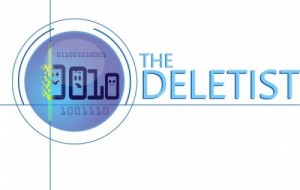I recently got a new phone. During the setup process, a notification flashed to customize the Digital Wellbeing settings. I investigated and discovered a whole app dedicated to monitoring and tracking my phone/app use. A dashboard summary neatly displays the results, such as:
- how often I unlocked my phone
- which apps I used most frequently
- how long I spent on each app
- the number of notifications received
The settings include ways to silence notifications, set up bedtime mode (i.e., gray scale based on scheduled times), and limit usage of time-consuming (aka addictive) apps. I’m trying out the bedtime mode. I haven’t set up time limits on the apps yet, but I glance at my dashboard once in a while.
The difficulty with this sort of tracking is that a benchmark hasn’t been set. I have no idea if 2 hours/day is good, average, or a waste of my time. I suppose the goal is for me to make my own decisions about my level of addiction. Additionally, it’s difficult to determine the quality of the time spent. Was I sending work emails, billing clients, catching up on news, doing research, or just goofing off on Instagram?
The one stat I’m really curious about is how often I consult my phone for the time and then get distracted by notifications. My watch battery died about the time the pandemic started. Between lockdowns and restrictions I haven’t managed to get the battery replaced yet.
The Irony of Using Tech to Track Tech Usage
It always seems strange to me that the problem is the solution. Tech companies invested lots of time, money, and resources to ensure that we became (and remained) addicted to their products and services. Now, likely because of criticism, studies, and backlash, those same companies are swooping in with a tech-based solution for too much tech.
While reviewing the Google pages on Digital Wellbeing, I was pleased to see some basic, common-sense solutions. These included tips such as “Create device-free zones and times (Tip 04).” Nothing complicated or high tech about this suggestion.
Two low-tech tips from the “Minimize Distractions” section include “Minimize your device use when with others,” and “Put your phone out of sight and out of mind.”
Is Digital Wellbeing about using tech to track, monitor, and control our usage? Or should it be about establishing a healthy relationship with tech and how we interact with it?
